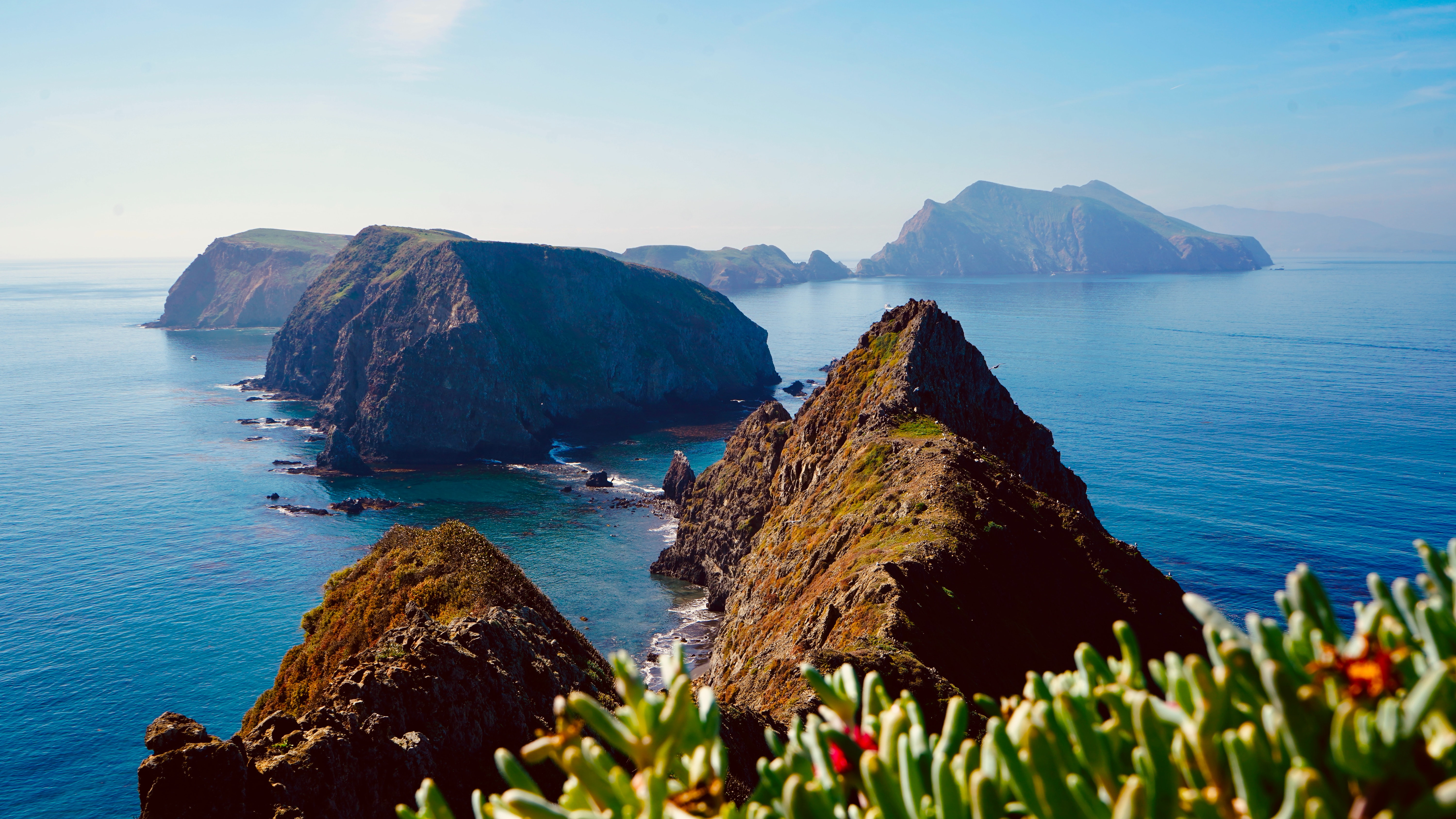Seal Bomb Impacts to Cetaceans in California National Marine Sanctuaries

Marine soundscapes are critical to the survival of many marine species which utilize vocalizations to communicate, navigate and find food. Increasing pressure from anthropogenic noise sources pose significant risk to acoustically sensitive cetacean species that are protected under the Marine Mammal Protection Act and the Endangered Species Act. The network of California-based National Marine Sanctuaries, including Channel Islands and Monterey Bay National Marine Sanctuaries, provides safe havens for many migrating cetacean species. However, there is growing concern surrounding an anthropogenic noise source that impacts cetaceans passing through sanctuary waters: “seal bombs”. Seal bombs are a legal, non-lethal acoustic deterrent used in the California market squid fishing industry to deter pinnipeds from stealing catch or damaging fishing gear. Seal bombs release a sonic blast that can travel for miles underwater, reaching beyond pinnipeds and potentially impacting non-target species, including cetaceans. This project tracked the use and dynamics of seal bombs and found that heavy use occurs in the summer months in Monterey Bay and in the winter months in the Channel Islands. Evidence of significant proximity and overlap with biologically important cetacean habitat in northern California necessitates flexible management strategies such as seasonal seal bomb “limitation zones” which may help to mitigate acoustic impacts. This analysis will be used by the NOAA Office of National Marine Sanctuaries to ensure that noise impacts from seal bombs are considered in overall sanctuary management.
Acknowledgements
Dr. John Ryan, Senior Research Scientist, Monterey Bay Aquarium Research Institute
Dr. Simone Bauman-Pickering, Associate Professor, Scripps Institute of Oceanography
Sean Hastings, Policy, Management & Information Officer, Channel Islands National Marine Sanctuary
James S. Bower Foundation